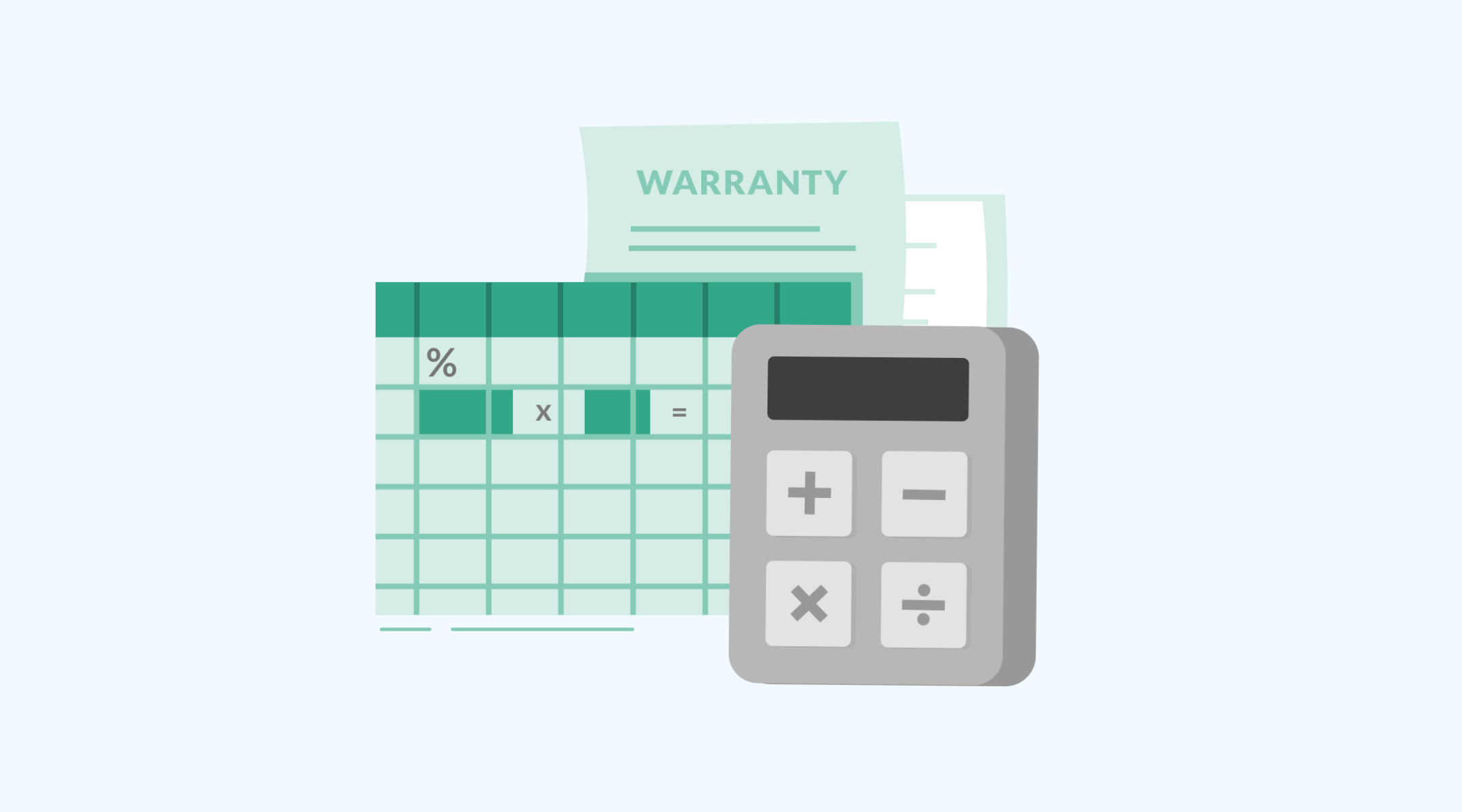Why use the SmartWay Truck Tool?
The SmartWay Truck Tool is being used across North America by transportation companies to calculate, track, and reduce emissions. Along with the environmental and health benefits associated with a SmartWay emissions reduction strategy, the tool also makes business sense: it helps to save money and can attract the business of SmartWay shippers. It also provides partners with the opportunity to benchmark again similar fleets. The tool utilizes the most up-to-date emission factors, in combination with detailed vehicle activity data, to estimate emissions and associated performance metrics.
At Cetaris, many of our users are implementing emissions tracking, and have reduced costs while improving their carbon footprint. For more information on the SmartWay Truck Carrier program, you can consult the SmartWay Quick Start Guide.
1. How will you gather accurate Spec information?
Better data accuracy leads to a smaller the margin for error and increased savings and emissions reductions. If you are using a fleet maintenance software solution, this data should be right at your fingertips.
- Asset Type
- Size
- Engine Year
- Emission certification standard
- Fuel Type
- Weight
2. Consider which routes such as:
- Consumed Fuel
- Distance Traveled
- Highway Rural Driving Cycle
- Mile Drive Cycle
- Speed (0-25 mph, 25-50 mph, and greater than 50 mph )
3. Determine the Emissions you wish to track:
- Co2
- Ch4
- PM2.5
- PM10
- NoX
- N20
4. Consider the unit of measures you will track:
- Grams per mile
- Grams per average payload ton-mile
- Grams per thousand cubic foot-miles
- Grams per thousand utilized cubic foot-miles
The Cetaris Greenhouse Gas Emissions
The Cetaris Greenhouse Gas Emissions module employs guidelines from the SmartWay program to calculate greenhouse gas emissions at the click of a button. Our application uses the asset spec information from your Cetaris fleet maintenance solution in combination with the consumed fuel, distance traveled, highway rural driving cycle, and mile drive cycle to calculate Co2, Ch4, PM2.5, PM10, NoX, and N20. For usability and accuracy the code calculates at the asset level to bring you closer to a Fleet of One mindset.








